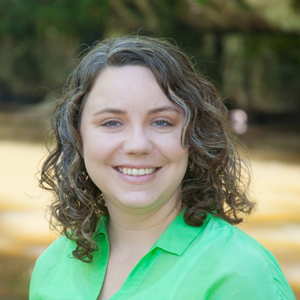

Allison Theobold (Cal Poly San Luis Obispo), Judith Canner (California State University)
Abstract
Background. Group work is one method of supporting student’s engagement and sense of belonging in undergraduate classrooms (Kuh, 2009), which may be especially important for students with marginalized identities seeking community and belonging (Ellington & Frederick, 2010; Fullilove & Treisman, 1990; Oppland-Cordell & Martin, 2015). In Computer Science (CS) education, pair programming is a recommended pedagogical tool for enhancing students’ learning, sense of belonging, and increasing retention in CS degree programs (Salleh et al., 2011). However, researchers have found that pair programming can also be subject to inequitable interactions (Lewis & Shah, 2015), contribute to disparities of power and status (Johnson, 2002), and squelch some students’ opportunities to learn and develop discipline-based identities (Langer-Osuna, 2011; 2016). These findings suggest this pedagogical tool for supporting student’s sense of belonging is in fact driving students away.
In this presentation we share the results of our pilot study on the experiences of students with marginalized identities while collaborating in pair programming tasks in a data science classroom. Drawing on previous research on group collaborations, we will describe our data collection and analysis procedures to foster a rich discussion of the complexities involved with collecting and analyzing data on student collaborations.
Methods. In this presentation, we walk participants through our methods of collecting and analyzing data when investigating the equity of pair programming collaborations. We detail how we analyze student’s negotiation of power and authority through six dimensions: (1) perceived merit of their ideas, (2) their perceived intellectual authority, (3) their access to the conversational floor, (4) their degree of spatial privilege (Engle et al., 2014), (5) their ability to issue directives to their peers (Langer-Osuna, 2016), and their technological authority.
Findings. The intention of this presentation is twofold, (1) to detail methods for evaluating inequities in group collaborations, and (2) to outline how we implemented these methods during our pilot study during the 2024-2025 academic year. We will present initial findings from our data collection and analysis to foster a rich discussion of the complexities involved with collecting and analyzing data on student collaborations.
Implications For Teaching and For Research. Twenty years after the GAISE guidelines first advocated for the use of “active learning”, group work is frequently incorporated into statistics courses around the nation. Yet, we have seen the emergence of research suggesting group work is not universally beneficial for every student and there is a gap in the research on how instructors contribute to creating equitable spaces for collaboration. Therefore, we are building on prior work to evaluate pedagogical methods which foster or discourage equitable collaborations in programming in order to support the learning and belonging of students with marginalized identities in the statistics and data science classroom.
